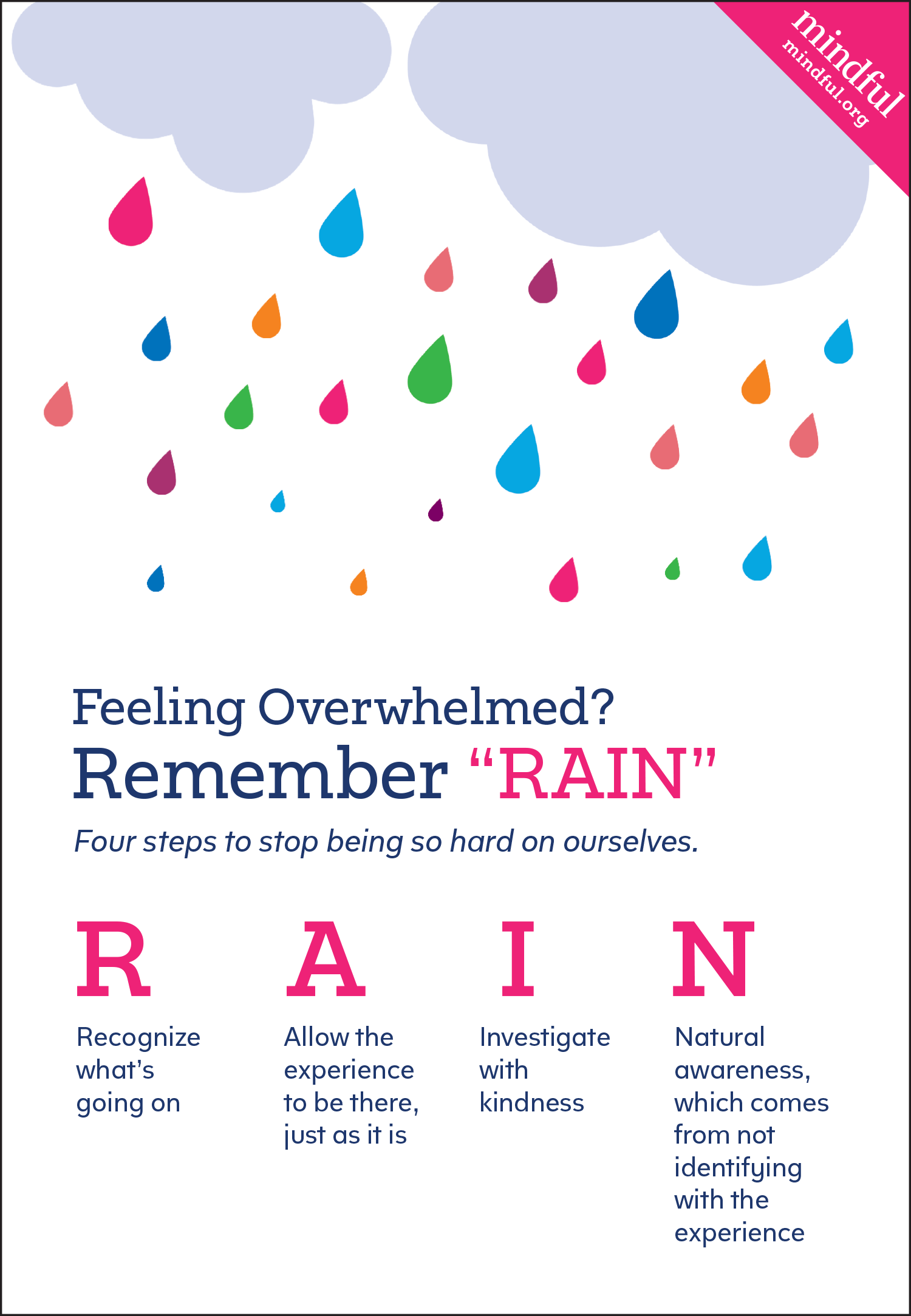“The big thing for me is to love reality and not live in the imagination, not live in what could have been or what should have been or what can be to this reality, and, somewhere, to love reality ... That doesn’t mean to say that we’re just to be passive to welcome reality, because we also have to know how to react in front of reality.”
I was listening to On Being with Krista Tippet this past weekend, and the above nugget of wisdom was dropped.
Today, I “should” have been working on a presentation for Friday, but instead I was watching my sick daughter empty out the entire contents of her toy box onto the floor and tackling her down to wipe her nose from time to time. So how do I love this unexpected, not entirely pleasant reality?
By love, I think Jean Vanier asks us to accept it all. He asks me to turn my heart towards my truly precious daughter, but also towards my annoyance at the unexpected turn, and my frustration at having to reload her toy box. Only in fully embracing all of the reality could I even hope to soften, letting go of needing it— or I—to be any other way.
What would it feel like, today, to go in to school with intention of loving reality? Of accepting the foibles of ourselves and our students? Of loving the dance and challenge that is being together in a learning community?




















